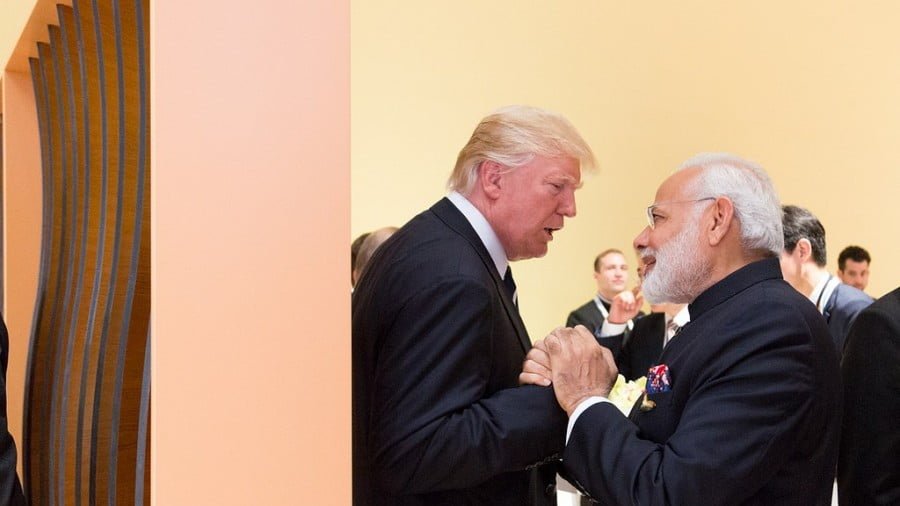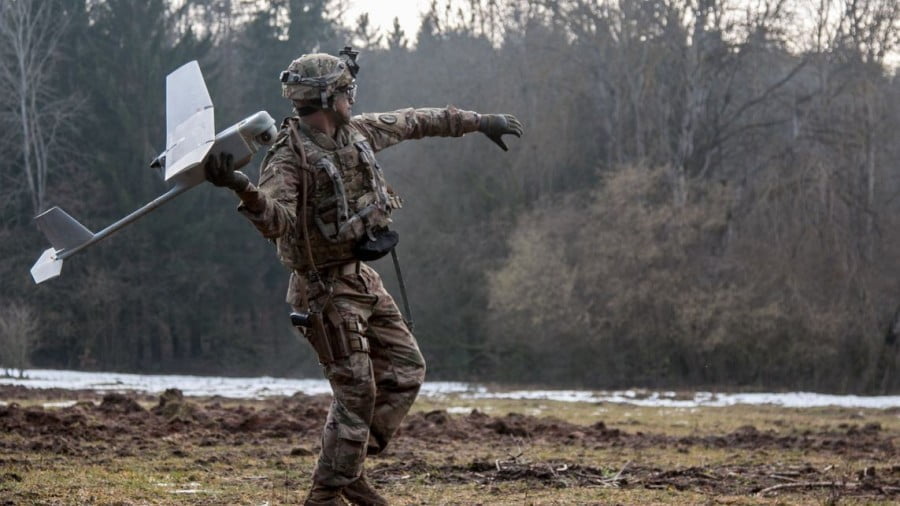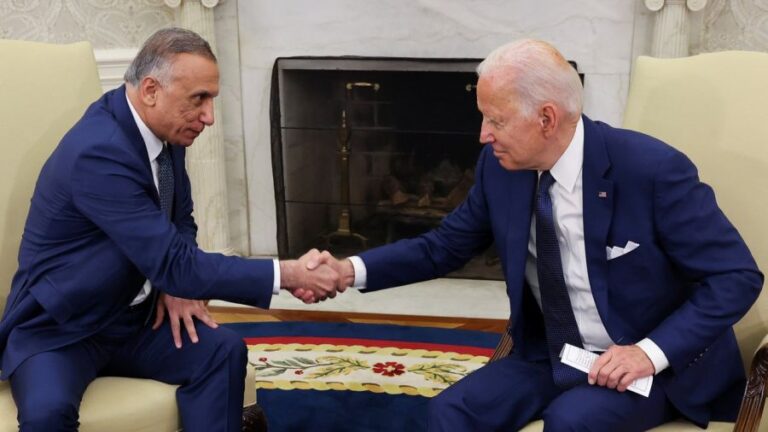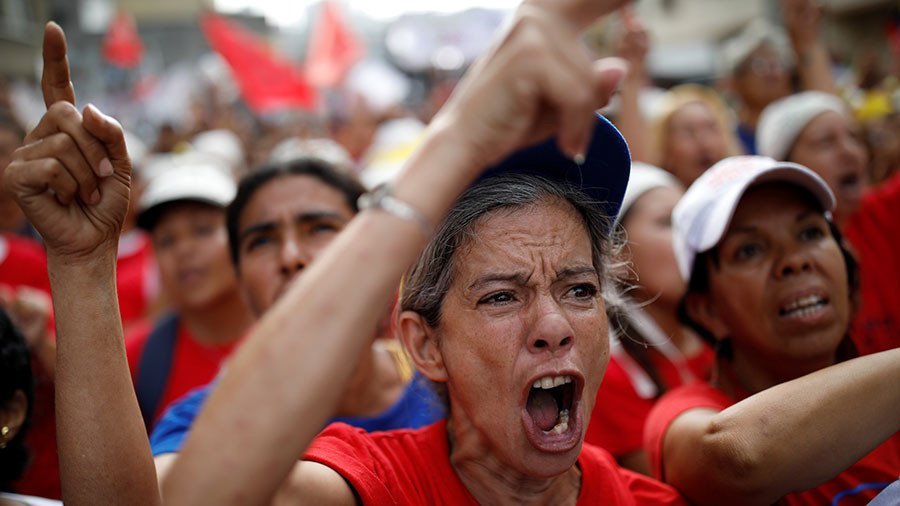India’s Playing Hard to Get with America by Letting the AIIB Fund CPEC
India’s maximalist position towards the Kashmir Conflict and its resultantly unflinching resistance to CPEC haven’t changed despite New Delhi saying that it has no problem with the Asian Infrastructure Investment Bank funding that project, as this is nothing more than India playing “hard to get” with America and improving its position before the forthcoming 2+2 talks with the US.
India shocked the world earlier this week when its Finance Minister declared on the sidelines of the Asian Infrastructure Investment Bank (AIIB) summit in Mumbai that his country doesn’t object to the institution being used to fund CPEC despite it passing through the Pakistani region of Gilgit-Baltistan that New Delhi claims as its own per its maximalist stance regarding the Kashmir Conflict. This seemed to signal a softening of India’s hitherto unflinching resistance towards these two interconnected issues and a possible opportunity for it to expand its incipient Eurasian “rebalancing” act that the author discussed in his recent piece about “The Indian Crossroads: Will Modi Choose Putin Or Trump?”
The general idea of that analysis is that the US’ CAATSA sanctions threats against India for its possible acquisition of Russia’s S-400 anti-air missiles and the ones that it’s hinting it will impose if the country continues its oil trade with Iran are forcing New Delhi to make an irreversible choice between continuing with its pro-Atlantic pivot or to “rebalance” its grand strategy by redirecting its focus back to Eurasia. This will be a monumental moment for global geopolitics and the overall trajectory of the New Cold War, being pivotal in every sense of the word, and that’s why India is positioning itself to have the greatest possible leverage against the US so that it can try to obtain the best possible “deal” from it.
The now-postponed “2+2” talks that were supposed to take place during the first week of July between the US and India’s Defense and Foreign Ministers will provide a glimpse at which direction New Delhi intends to go, and it’s with this pivotal meeting in mind that the country has been sending symbolic overtures to the multipolar world, particularly in this instance through its acceptance of the AIIB’s financing of CPEC. This charade would be much more convincing, however, if it wasn’t for the fact that India pretty much has no practical choice other than to go along with China’s CPEC-financing plans in the AIIB because it simply lacks the voting power to veto this decision.
Not only that, but going against this initiative would be extremely counterproductive for India because it would jeopardize New Delhi’s membership in the AIIB and therefore deprive it of an alternative source of financing, or in other words, undermine the “financial multipolarity” aspect of its “multi-alignment” policy. Understood in this manner, India’s acceptance of the AIIB being used to finance CPEC projects begins to look much less like the dramatic volte-face of a geostrategically “repentant” American ally returning to the multipolar Eurasian fold and more like the self-interested passive “compromise” that it actually is, all of which is in spite of the current leadership’s Bollywood-like projection in portraying it otherwise.
As with a playful cat that thinks it’s hiding someplace but leaves its tail wide out in the open for all to see, most of India’s Chanakya-like “cunning moves” are evident to almost everyone else but itself, thereby greatly diminishing their strategic effectiveness and contributing to the latent distrust that Russia, China, and now even the US are beginning to feel towards it. Playing “hard to get” is in principle a solid strategy, so long as one recognizes the obvious impossibility in doing so indefinitely, but it loses its edge when the practitioner’s intentions are so transparent that none of the potential suitors trust it anymore, which is exactly the self-made trap that India has fallen into.







